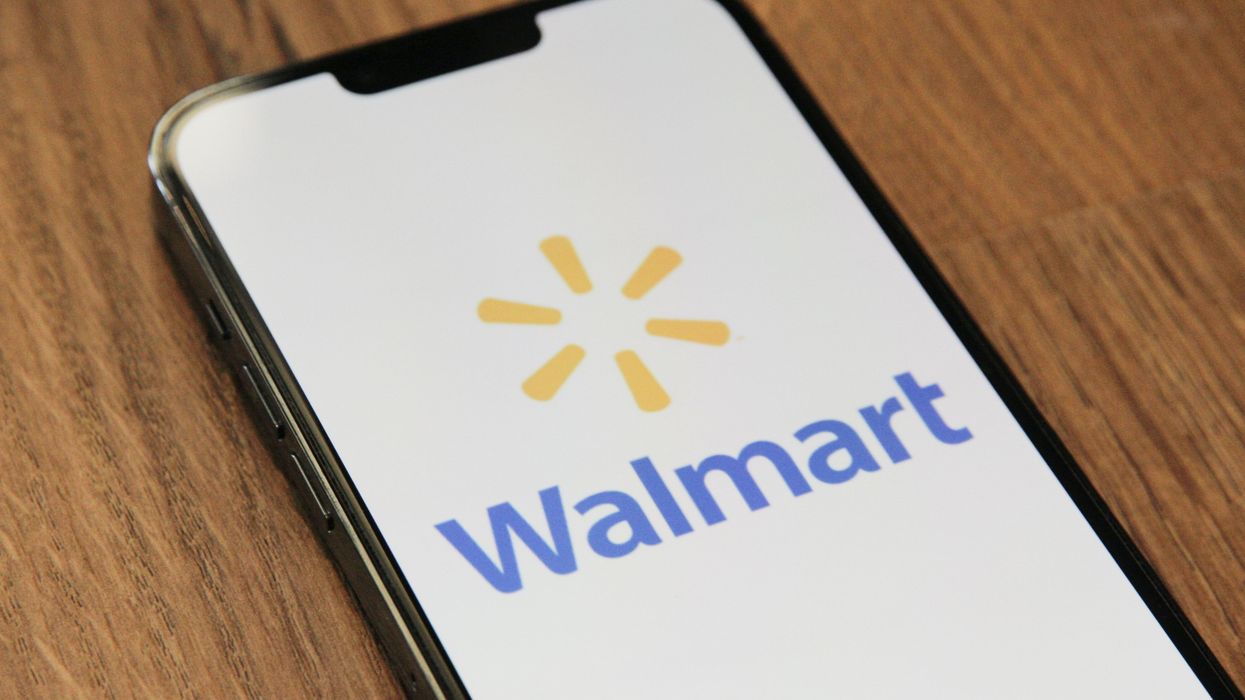Marketing
27 January 2023
Walmart Connect launches variant bidding to increase discoverability
Brands can advertise any item beyond the primary variant.

Photo by Marques Thomas on Unsplash
Brands can advertise any item beyond the primary variant.

Walmart Connect has a new advertising feature designed to help brands bring more products to the top of search results.
The news: Walmart Connect launched variant bidding for its sponsored search advertising The new feature is designed to help advertisers on the retail media platform increase discoverability of products on Walmart’s ecommerce site, and ultimately increase sales.
How does it work? Variant bidding allows brands to advertise items within a catalog beyond the primary variant. This could include size or color variations. It’s designed for advertisers seeking to promote multiple items. In turn, shoppers will receive options that are more relevant to search intent.
What’s the best way to get started? Walmart Connect offered the following tips for using the service:
Walmart Connect results: According to Walmart’s proprietary data, CTR for search in-grid position 1 is on average 4x higher than products in lower positions and the add-to-cart rate is on average 5X higher. Walmart said this proves a “substantial ability” to influence purchase behavior.
Connect’s importance: It’s a reminder: Walmart is also an increasingly powerful advertising platform. And it’s delivering results. The retailer’s US advertising business grew 40% year-over-year. The quarter saw the highest spend all year in sponsored search ads. As Walmart grows its marketplace, advertising will only become a more important tool to stand out.Labor disputes on the West Coast could cause further disruption heading into peak season.
When the first half of 2023 is complete, imports are expected to dip 22% below last year.
That’s according to new data from the Global Port Tracker, which is compiled monthly by the National Retail Federation and Hackett Associates.
The decline has been building over the entire year, as imports dipped in the winter. With the spring, volume started to rebound. In April, the major ports handled 1.78 million Twenty-Foot Equivalent Units. That was an increase of 9.6% from March. Still it was a decline of 21.3% year over year – reflecting the record cargo hauled in over the spike in consumer demand of 2021 and the inventory glut 2022.
In 2023, consumer spending is remaining resilient with in a strong job market, despite the collision of inflation and interest rates. The economy remains different from pre-pandemic days, but shipping volumes are beginning to once again resemble the time before COVID-19.
“Economists and shipping lines increasingly wonder why the decline in container import demand is so much at odds with continuous growth in consumer demand,” said Hackett Associates Founder Ben Hackett, in a statement. “Import container shipments have returned the pre-pandemic levels seen in 2019 and appear likely to stay there for a while.”
Retailers and logistics professionals alike are looking to the second half of the year for a potential upswing. Peak shipping season occurs in the summer, which is in preparation for peak shopping season over the holidays.
Yet disruption could occur on the West Coast if labor issues can’t be settled. This week, ports from Los Angeles to Seattle reported closures and slowdowns as ongoing union disputes boil over, CNBC reported. NRF called on the Biden administration to intervene.
“Cargo volume is lower than last year but retailers are entering the busiest shipping season of the year bringing in holiday merchandise. The last thing retailers and other shippers need is ongoing disruption at the ports,” aid NRF Vice President for Supply Chain and Customs Policy Jonathan Gold said. “If labor and management can’t reach agreement and operate smoothly and efficiently, retailers will have no choice but to continue to take their cargo to East Coast and Gulf Coast gateways. We continue to urge the administration to step in and help the parties reach an agreement and end the disruptions so operations can return to normal. We’ve had enough unavoidable supply chain issues the past two years. This is not the time for one that can be avoided.”